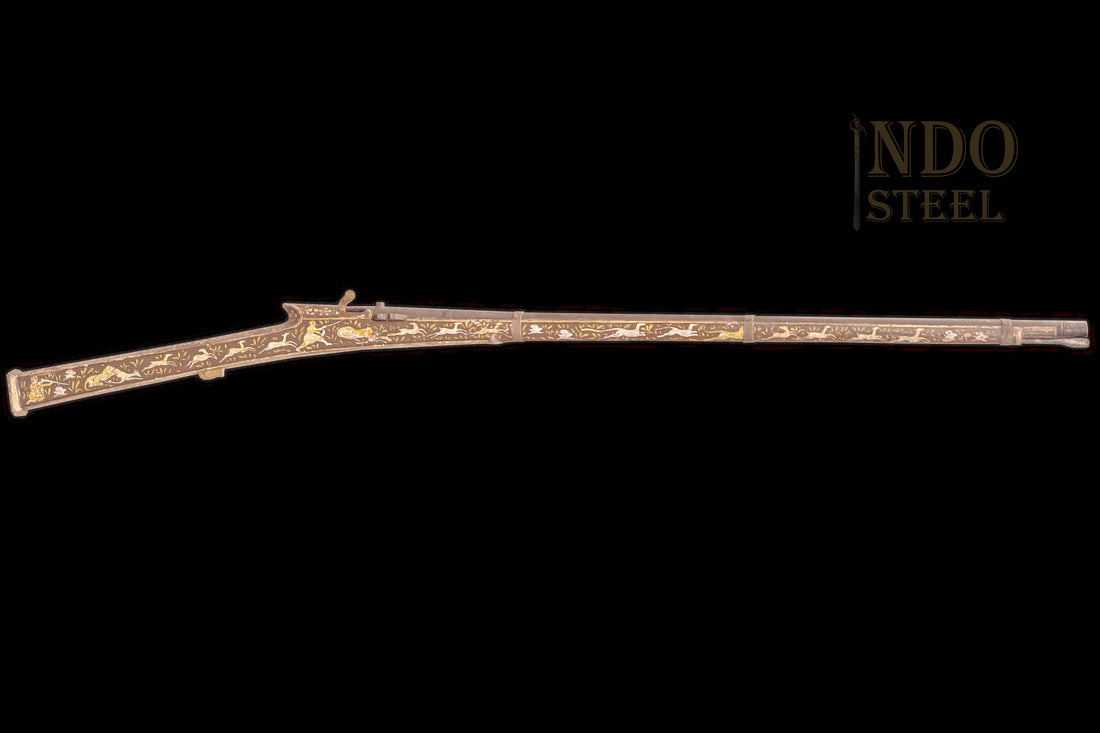
The “hunting bandook”


 The “hunting bandook” refers to a type of firearm used for hunting. The term “bandook” is derived from the Hindi-Urdu word “बंदूक” (bandūq), which itself originates from the Arabic word “بُندُق” (bunduq), meaning “hazelnut” or “small ball,” and later came to mean “rifle” or “gun.”
The “hunting bandook” refers to a type of firearm used for hunting. The term “bandook” is derived from the Hindi-Urdu word “बंदूक” (bandūq), which itself originates from the Arabic word “بُندُق” (bunduq), meaning “hazelnut” or “small ball,” and later came to mean “rifle” or “gun.”
In South Asia, hunting, known as “shikar,” was traditionally a royal sport. Maharajas and other nobility would organize elaborate hunts, often using sophisticated firearms. The “bandook” became a symbol of status and prowess.
The earliest firearms used for hunting were matchlock muskets (15th–17th centuries). These guns used a slow-burning match to ignite gunpowder, firing a projectile. Matchlocks were cumbersome and unreliable but represented the first step towards more advanced firearms.
Pictures in order:
The entirety of the rifle’s decoration extends along the entire length, with an intricate hunting scene depicting a shikari (hunter) finishing off a finger after it has successfully given chase and caught a Blackbuck. The rifle’s overall design suggests it might have been used by nobility or for ceremonial purposes in addition to hunting.
A top-down view of the rifle, focusing on the detailed inlay work on the upper part of the stock. This perspective emphasizes the floral motifs and the meticulous craftsmanship involved in creating the decorative patterns. The metal components of the rifle are visible, contrasting with the ornate wooden stock.
A close-up view of a traditional hunting rifle, also known as a bandook, with intricate inlays and decorations along the stock. The design features floral and animal motifs, showcasing detailed craftsmanship and artistry. The stock is made of a hard wood called “tahli” native to the Indian subcontinent and southern Iran, with embedded decorative elements.
Specifications:
Weight: 3245 grams
Overall Length: 1430 mm
